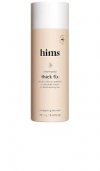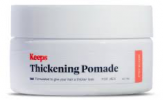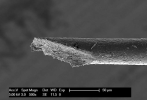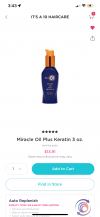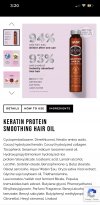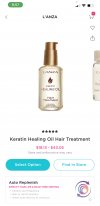Chicoro
9 Year Shea Anniversary: Started Dec 16th, 2016!
Is this style done with natural hair? Or, have you had some hair added to the twists?I’m currently in mini-twists. Here’s what led to it and what I learned:
-my hair goes through a growth and thickening phase each quarter
-during the second month of the growth phase, my hair starts tangle more, due to longer hairs forming ssks or just tangling around shorter hairs
-mini-twists keeps my ends from forming ssks
-I need to keep my extra moisturized to minimize shed hair tangling
-I can stretch my wash to 10 days; I redo the mini-twists every two weeks, so far
Here’s a photo of the first install:


